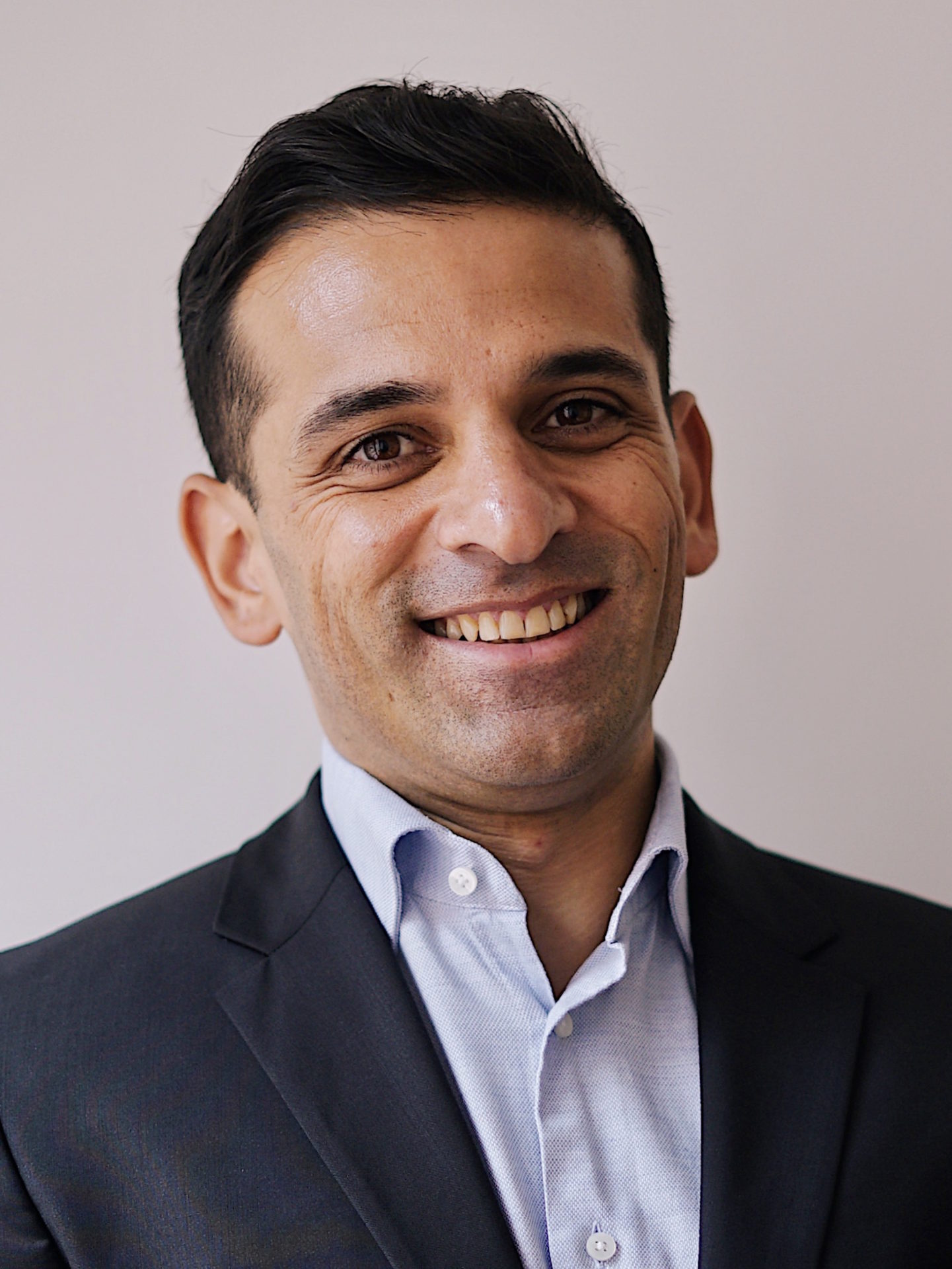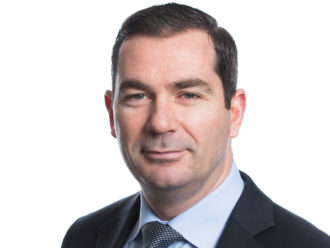How are you trying to make a difference in the fight against climate change?
IIGCC is one of the world’s largest global investor bodies focused on climate change. It operates through three teams. There is the policy team, which was formed 20 years ago to work with institutional investors on climate change. Then there is the corporate team, which has been helping investors engage with corporates since 2015, including via Climate Action 100+.
Finally, I lead the investor practices team to help institutional investors incorporate climate change into their investment strategies. This team was introduced in 2019 after what is now known as the Paris Aligned Asset Owners was formed. The initiative led to the development of the Net Zero Investment Framework, which marked a step change in how investors address net zero.
I started working in this space in 2020. During this period, we have seen rapid growth in companies and investors pledging their support to net zero as well as a greater scaling up on the issue.
The investors practice was only created in 2019. That seems a little late.
In terms of where investors were, it was the time when the [climate change] issue started to evolve. IIGCC had already been addressing it on a policy and engagement level for many years.
From the perspective of incorporating climate change into investment strategy at scale, it is relatively new. All the investor frameworks and alliances started around this time. The Net Zero Asset Owner Alliance, for example, was created in 2020 along with the Net Zero Asset Managers and Paris Aligned Asset Owners initiatives.
We can see, therefore, that a lot of progress has been made in three years. While some say we need to go further and harder, you have to remember the size of change we’re talking about. In short: big change, particularly at big organisations, takes time.
What is the most challenging part of your role?
Prioritising what is important for our more than 400 members. They are mainly pension funds and asset managers spread across 27 countries, with around £56trn in assets under management.
We have so much to do and will focus on the work that will have the most impact. But it is a privilege to be entrusted to do this work.
How, in your view, are institutional investors approaching the climate change challenge? What are they good at and what needs work?
They approach the challenge, as you would expect investors to do, with rigorous analysis. They try to use the best available data.
Institutional investors have come a long way in a short period of time in net-zero investing. They most definitely take the challenge seriously.
On where there is more work needed: they haven’t been so great at integrating physical climate risk into their investment decisions. But they understand there is work to do here and the need for marrying long and short-term risk.
Is there a difference in approach between how asset owners and asset managers are dealing with climate change?
Asset owners have a long-term view and have to make the necessary changes in asset allocation while thinking more on a macro level. For asset managers, they are for-profit businesses. They all have their specialities, and what they do is tied to the mandates awarded by their clients. There are boundaries to what they can do within those mandates.
What is important, and useful, is that the Net Zero Investment Framework is a common framework used by asset owners and asset managers on the issue.
Do asset owners or asset managers need to do more work on this issue?
There is evidence of lots of good work underway already. However, while asset owners may face challenges around resources, the larger asset managers arguably face the more complex challenges owing to the number and variety of mandates they have.
It’s important to recognise that there are lots of different types of asset manager with different approaches, so it is hard to generalise.
However, what we can say is that any perceived slow progress in implementing net-zero plans is not for want of trying.
We’re seeing huge e orts here, including the building of entire teams.
Are the targets set by government and industry bodies stringent enough to address climate change?
At this stage, no. The Net Zero Investment Framework highlights the need for investors to be proactive in this space. But things have moved quickly and governments have generally been reluctant to regulate businesses because they don’t want to curtail economic growth.
Some of the friction we are seeing is down to the fact that investors can only do so much on climate change. There is a need for certain bodies, including policymakers and regulators, to catch up to where investors are.
What needs to happen from a political and regulatory viewpoint?
Some things are happening. An example is President Biden’s Inflation Reduction Act – which is designed to incentivise growth in the green parts of the economy. That helps to show where money should be going by sending the right price signals.
As far as regulation goes, first and foremost the net-zero initiatives and frame- works were always intended to be voluntary and be a guide for how investors could undertake things. They never have, and never will, aim to be quasi-regulatory. That is not their role, mandate or purpose.
One area where it would be helpful to have clearer guidance is on competition law and fiduciary duty. We’ve seen some positive and helpful signals in the UK and in Europe, which have made things easier.
There has been a spate of institutions withdrawing from climate change initiatives, such as the Net Zero Insurance Alliance. Why is this happening and does it worry you?
I can’t speak for the insurers but there are reasons for joining different initiatives and there are different political risks in different geographies. It is worth noting though that a lot of those insurers with asset owner businesses are staying in those asset owner alliances.
This also highlights the different approach from insurers, who address risk, and investors who can see the investment opportunity presented by the transition to net zero.
The push back against climate change looks politically motivated, especially with an election coming up in the US. Is this worrying?
We are looking at changing some big engines of the global economy, so it is naïve to think that there would not be any resistance. On a political level there are positive examples. If you look at the Australian case, it was shifted through an election by voters wanting to make a positive adjustment on climate change. In the UK and EU, if it is done in a fair and just way, there is support for the transition.
But there is friction in some areas. And there will always be that friction given how much we want to change.
However, I am not worried that we are going down he wrong track – overall, the momentum is clearly behind the transition.
The Church of England Pensions Board has left the Net-Zero Asset Owner Alliance. This was due to it also being part of the Paris Aligned Asset Owners initiative and it not being tangible to maintain two reporting frameworks. What lessons do you take from this?
The alliance and the framework are two separate entities focused on achieving the same end. Therefore, the Church of England Pensions Board decided to rationalise and go with only one of them. That makes sense from the administrative side.
In some parts of the wider press, it was presented as a bad thing and a worry, but that wasn’t the case. In fact, it shows they are taking this seriously and working out the practical implementation of their plans.
Isn’t the lesson though that investors could be getting bogged down by an excessive amount of net zero and climate change initiatives?
Ultimately, as long as there are the baseline standards, it does not matter what route to net zero investors choose, they are going to get there one way or another.
Connected to this, we are looking at the best ways for investors to pledge their net- zero targets. As a lot of investor sustainable reports are patchy, we need to work towards more streamlined standards building on some of the good work to date, including the ISSB standards.
Do you support investors who wish to divest from companies which are failing on climate change, or prefer them to use their clout to drive change?
I wouldn’t favour investors going one way or the other, without knowing their specific situation. But there are a few studies showing that mass divestment as a movement does not change the cost of capital for companies and that investment is still available even if others take a stand and divest.
Critically, we have seen that investor engagement works, as seen by the results achieved by Climate Action 100+. Ultimately, it can shift the way companies approach net zero and can move the dial over time. In Australia, for example, we’ve seen the role institutional investors have played in getting Qantas to speed up their net-zero targets.
IIGCC created the Net Zero Standard for Oil and Gas companies. How will that help investors?
It offers a benchmark for investors engaging with oil and gas companies and the steps they need to take to align with net zero.
Setting out different aligning criteria and best practices, including transition plans, gives companies a benchmark. So when investors engage with oil and gas companies they know that they need to do x, y and z as there is a benchmark to refer to and measure them by.
IIGCC has issued net-zero guidance in an attempt to encourage bond engagement. What is the ultimate objective there?
A lot of the activity investors have had around climate change has been with equities. There is now a focus to put that on fixed income.
There are different levers and different ways of looking at fixed income, which is a large asset class. Ultimately, there is a question of how investors use their position as holders of equity and debt and the levers this gives them to support businesses make the transition to net zero.
How much of a problem is greenwashing?
The issues around greenwashing that emerged a few years ago have subsided to some extent. On a day-to-day basis, I do not come across it much, if at all. It is mostly used in advertising [of investments] to play up certain credentials, which are, in fact, not there.
There has been some good, clear guidance, particularly in the UK among regulators about what they will stand for and what they won’t as far as climate claims go. Overall, we see little of it these days. The term ‘greenhushing’ is more applicable. For instance, where [EU] Article 9 funds are moved to Article 8 because investors don’t want to be seen pushing too hard on this. They want to be more understated than overstated.
What would you say IIGCC is good at and what needs improving?
We have been good at assisting and bringing asset owners and asset managers together to rapidly move towards net zero, as seen by the success of the net-zero initiatives. It has been more successful than we imagined two or three years ago and has been done in a partial policy and regulatory vacuum on how to address the goals of the Paris Agreement.
In terms of areas for development, we need to continue to make the case for net- zero commitments and to explain our role within this. For instance, we need to continue to explain that net-zero initiatives are there to provide a platform for ambition and disclosures, and to give an idea of what is possible into the future – not to act as a quasi-regulatory body or to police greenwashing. The aspirational narrative sometimes gets lost.
What are your hopes and fears in terms of institutional investors addressing climate change?
I hope investors continue at the pace and passion over the next decade that they have shown in addressing the issue in the last four years.
While the pace of change was always going to come up against some friction, including from organisational change management, we can’t afford to see the pace slow too much during this difficult phase. Ultimately, I just hope organisations stay the course and keep up the good work as climate change is not going away.





Comments